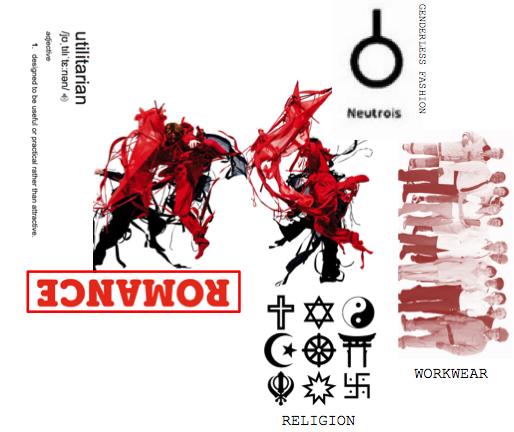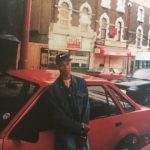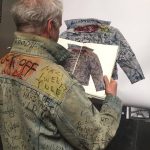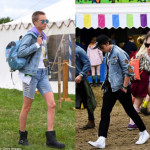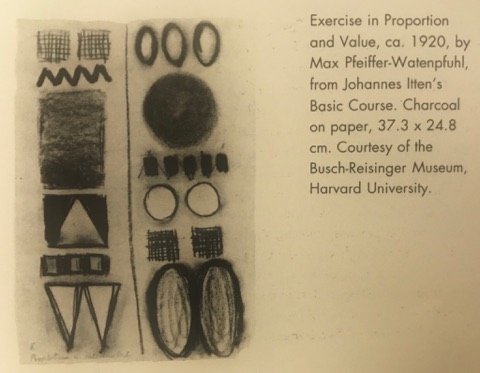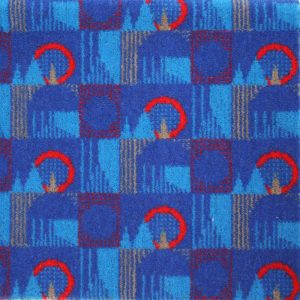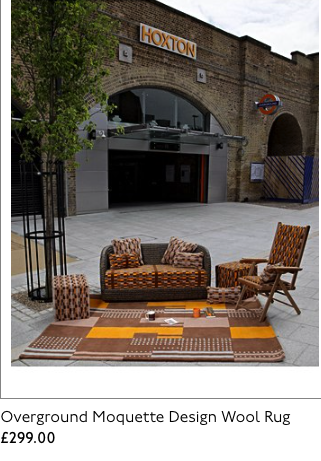This module has been a real learning curve for me as writing hasn’t always been one of my strongest areas. The weekly lectures that we had entailed: slideshows and group discussions, all in which were very engaging. I was introduced into a new way of processing information and having time to reflect and write my response, this was then uploaded to an online platform. The online blog was something that first daunted on me as I was unsure how I felt about everyone being able to see what I’d written and the opinions I’d put across. I believe this has made me feel more confident about my work and not to worry as much.
I was first introduced to Harvard referencing and although it’s such a simple skill, I never knew what it was before and I now realise how much of a necessity it is and the importance behind it. Furthermore, the module as a whole has massively helped with my researching techniques and not to always rely on the Internet. I feel like I can confidently use the library to the best of my abilities unlike before. This is highlighted throughout my work in all off the pathways and it definitely makes my work more personal to me and not something just found off Pinterest which x amount of people could be looking at.
Task 7/8 faced me with some challenges, as I found the chapter we was given was quite complex and confusing. I had to re-read it multiple times in order for me to be able to break it down and re-word it so I could understand it. Even then, I felt my outcome wasn’t completely right. In addition, the time in we were given for all the tasks to be was vast but I’m glad I kept on top of them and had each task completed before the next lecture. Over the past 2 weeks, I re-visited the blog and went back through the previous tasks and was able to identify some mistakes and was able to change them and I can really see a difference in my writing over a short amount of time.
I thoroughly enjoyed task 9/10 and being able to reflect on the ethical issues within fashion advertisements. Beforehand, this was something I didn’t pay great attention to and it’s seen in our everyday lives so I should’ve been more aware of it. After this task and researching into it, I’ve realised how much it actually affects me and how passionate I feel about certain points.
To conclude, the only thing I would like to see on the next module is, having a recap of the previous task each week so I could outline where I may be going wrong and can improve for my next task.
Nevertheless I think I’ve learnt more techniques than I expected to just in the first module and I will definitely be taking these forward into future practises, I look forward to the next module and what it has to give.

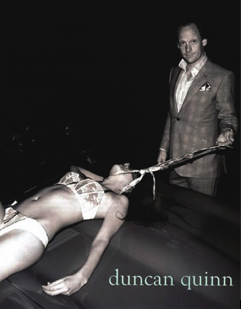
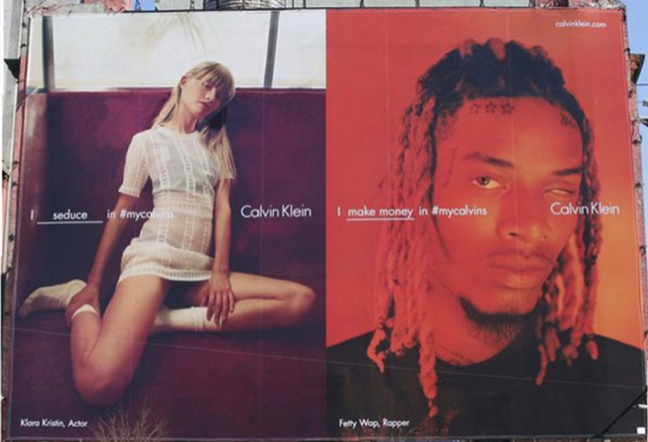
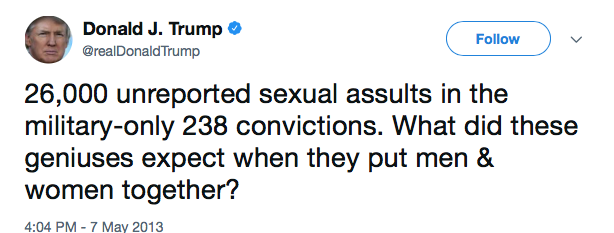
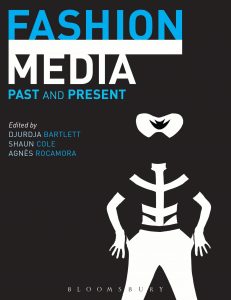

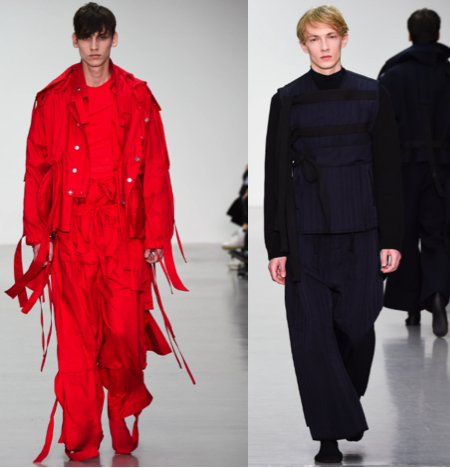
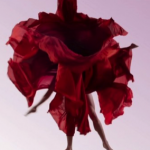
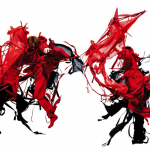 fear and death whereas red symbolises strength and passion. Immediately you can see the difference between them, this one includes bolder and more abrupt shapes. Even the use of a plain white background makes everything stand out and look more current and modern in comparison to the dimmed pink backdrop used in 2011.
fear and death whereas red symbolises strength and passion. Immediately you can see the difference between them, this one includes bolder and more abrupt shapes. Even the use of a plain white background makes everything stand out and look more current and modern in comparison to the dimmed pink backdrop used in 2011.